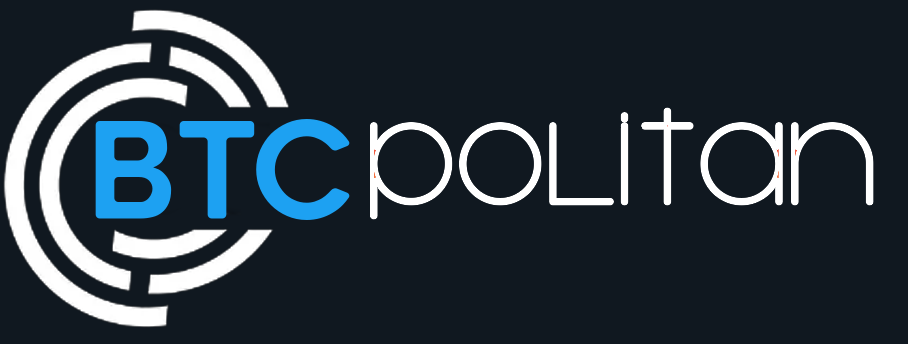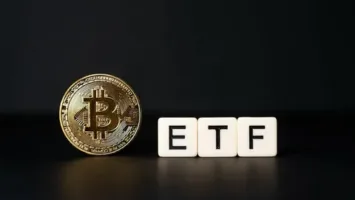CommEx, the purchaser of Binance Russian division, has dedicated six months to refining its platform. According to the company, they have successfully integrated former Binance personnel. Despite increasing doubt surrounding CommEx’s identity as the enigmatic acquirer of Binance’s Russian segment, the recently established company remains steadfast in refuting any connection to Binance’s ownership.
CommEx released an open letter on September 29th, addressing the community and certainly clarifying that they are not owned by Binance. It statement follows Binance’s announcement of exiting the Russian market, which involved selling their business to CommEx.
CommEx clearly stated on its website that they do not disclose their Ultimate Beneficial Owner (UBO). They emphasize that Binance does not have ownership over them. However, when contacted by Cointelegraph, a representative from CommEx declined to provide any information about the rationale behind this decision and the disclosure of their owners.
Furthermore, CommEx proudly announced itself as a dynamic and highly effective startup team of enthusiastic individuals from diverse backgrounds. Additionally, they highlighted the valuable experience of several team members who had previously served at Binance veterans.
According to the CommEx announcement, the company has devoted the past six months to developing its platform and successfully recruited former employees of Binance. They highlighted that this strategic move provided them with valuable insights from Binance’s product and operational experiences, establishing indirect connections with the renowned exchange.
The announcement confirms that former team members of Binance’s CIS division are now part of CommEx, although Binance does not have ownership. Additionally, Binance CEO Changpeng Zhao mentioned on X (formerly Twitter) on Sept 28 that former employees from Binance CIS might be joining the new company, which he views positively.
Binance Russian Exit Strategy: CommEx’s Controversial Role Unveiled
Additionally, CommEx not only recruited former Binance staff but also incorporated elements like design, application programming interfaces (APIs), and even terms of use from Binance. CZ stated that this step was taken to ensure a seamless user experience.
The CEO of Binance clarified that CommEx is not available to users in the United States and Europe. CZ pointed out that individuals from these regions would face obstacles regarding intellectual property and Know Your Customer checks if they tried to utilize CommEx. According to CZ, the agreement included this condition based on their request.
According to information provided by representatives from CommEx in the official Telegram group, traders on CommEx can participate in trading activities without having to complete KYC checks for amounts up to 2 Bitcoins (BTC). At the current valuation of approximately $54,000, this is noteworthy considering that the price of Bitcoin is currently set at $26,834 per token.
CommEx’s lack of transparency regarding its owners has ignited a flurry of controversy, with concerns further heightened by the presence of ex-Binance employees and the adoption of strikingly similar website designs and APIs. Moreover, Adam Cochran, a partner at Cinneamhain Ventures, resolutely contends that CommEx is nothing more than a mere facade for Binance—a shell company in disguise.
However, Certain experts in the cryptocurrency field argue that this move could contradict Binance’s complete withdrawal from Russia. Additionally, David Lesperance, founder of Lesperance & Associates, expressed concerns about the potential detection by U.S. authorities if the new owners were merely serving as figureheads for Binance. Its situation would further complicate matters compared to Binance maintaining ownership, as he mentioned in his conversation with Cointelegraph.
Related Reading| JPEX Fraud Crackdown: Hong Kong & Macau Police Make $2.8M Seizure
“The author’s views are for reference only and shall not constitute any investment advice. Please ensure you fully understand and assess the products and associated risks before purchasing.”




Comments (No)